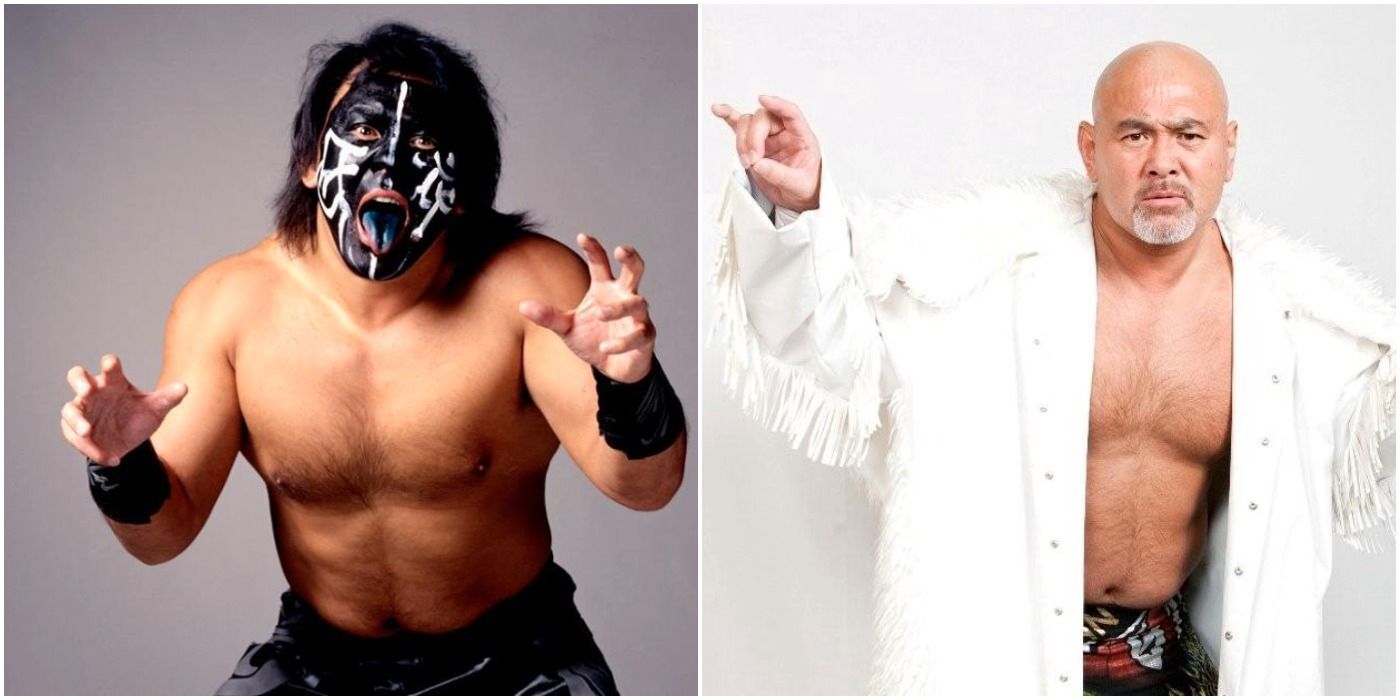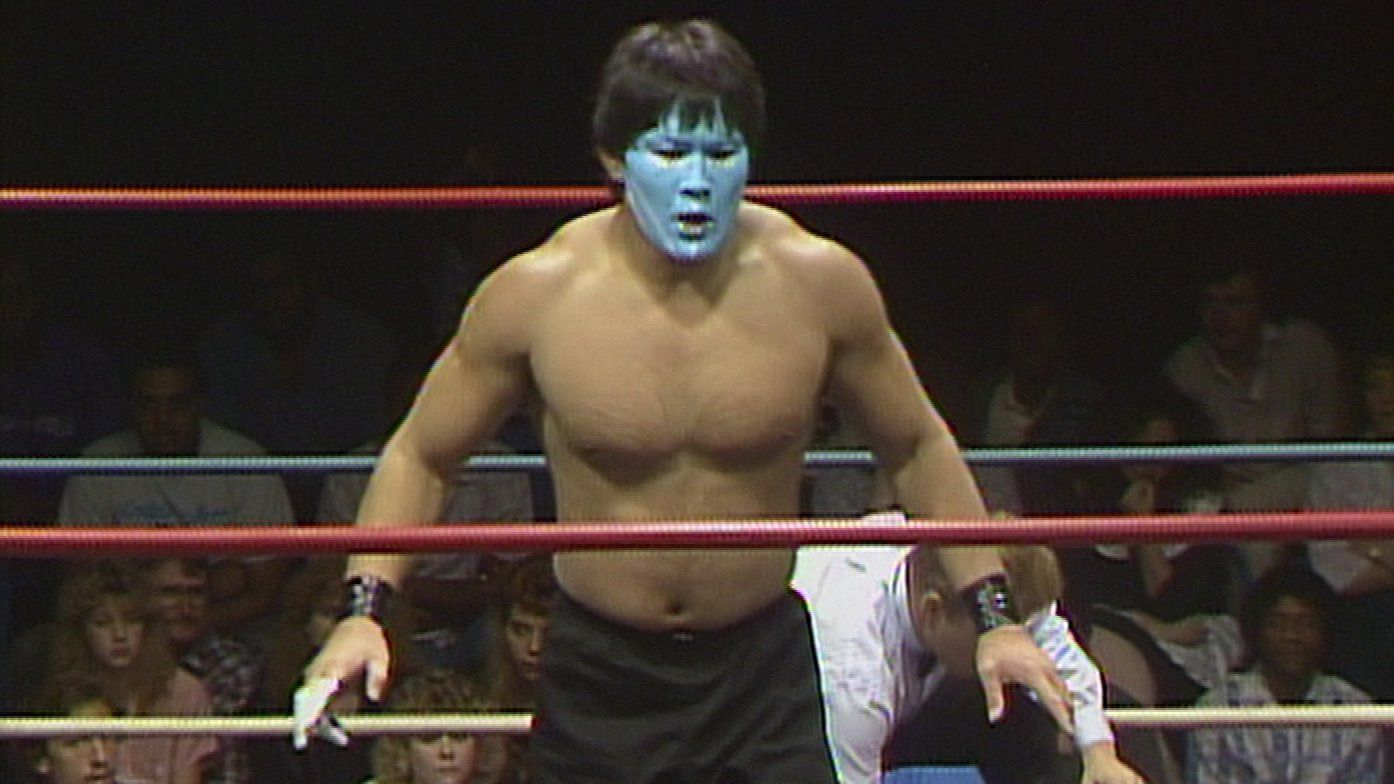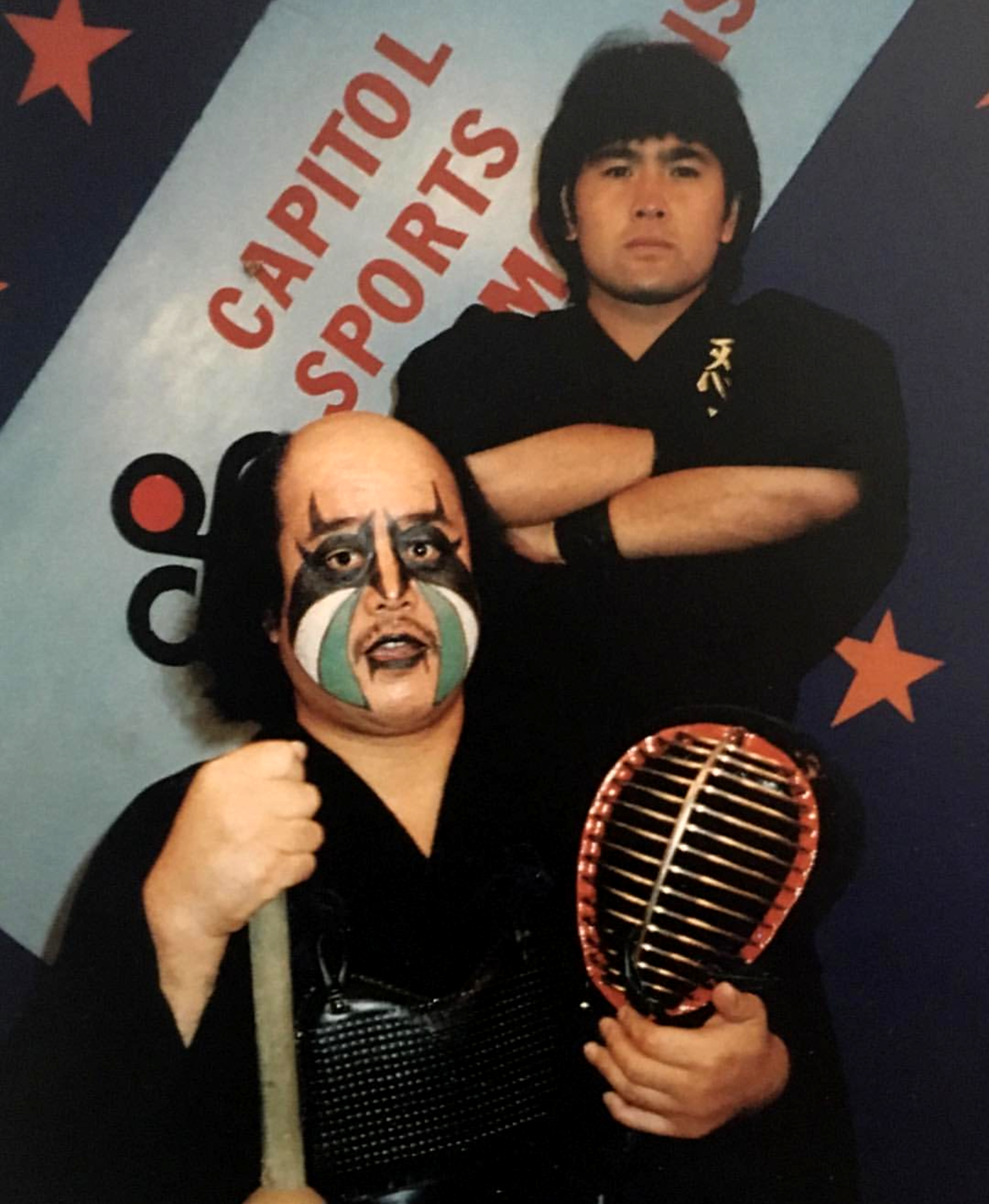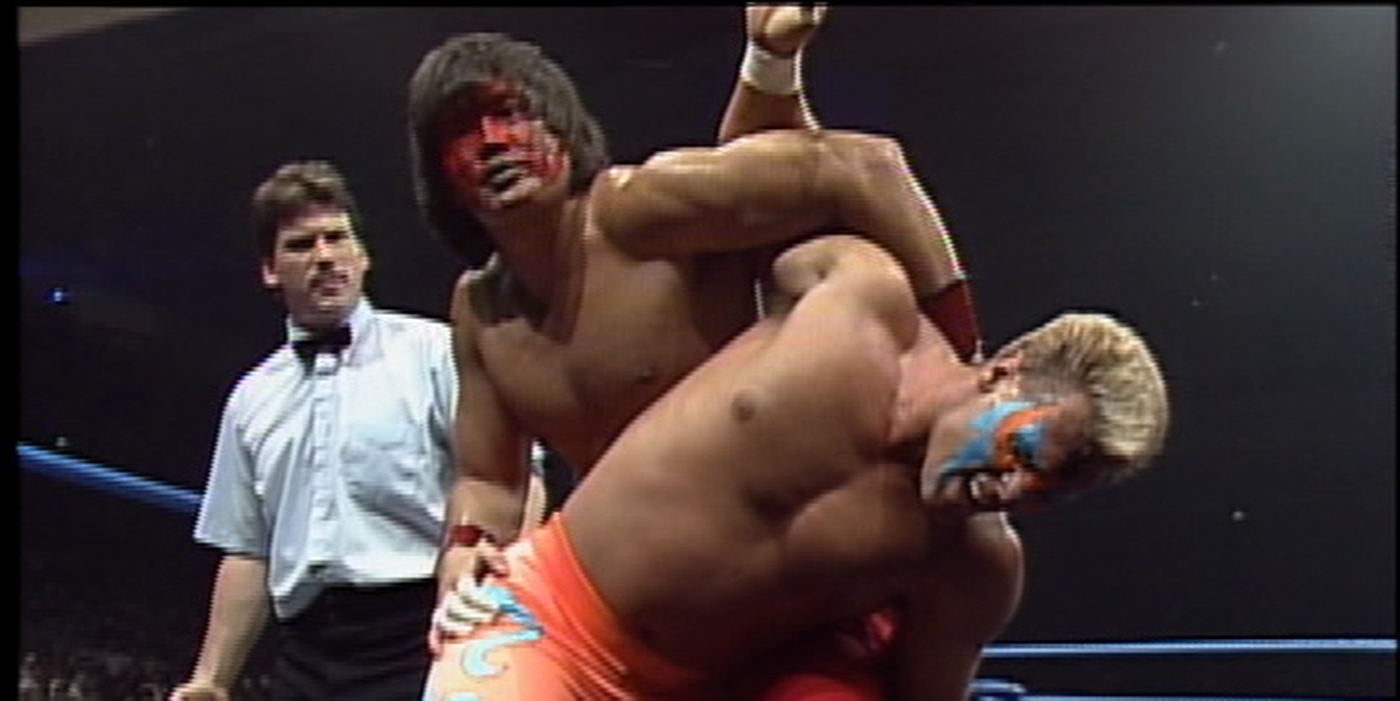Japanese wrestlers have always had a place in American wrestling. Giant Baba famously won the NWA World Heavyweight Championship three times, and Antonio Inoki won the WWE Championship in 1979. However neither could truly be considered stars in America, mainly due to their success with American companies still happening in Japan. The first true Japanese sensation must then be Keiji Mutoh under the guise of the Great Muta, whose daring presentation and other-worldly moveset elevated him not only in America but also his native Japan.
The Great Muta's Early Visits To America
Keiji Mutoh came through the New Japan dojo in 1984 and was sent on his first excursion to America in 1985 working for Championship Wrestling from Florida, he won the NWA Florida Heavyweight Championship as well as the NWA Southeastern United States Junior Heavyweight Championship and piqued the interest of the NWA working under the "White Ninja" gimmick. This early stint in America demonstrated that Mutoh could work as the dastardly Japanese heel and played heavily into the "yellow panic" that plagued Cold War era America. Upon returning to New Japan, Mutoh won the IWGP Tag Team Championship with Shiro Koshinaka but it would be fair to say he was not the star of the company, overshadowed by Antonio Inoki, Tatsumi Fujinami and Akira Maeda as well as a host of foreign wrestlers who dominated the main event scene in Japan, Mutoh was not in line for a big push in his native Japan. After another excursion to Puerto Rico and the WCCW in Texas, Mutoh's reputation continued to grow and he would be brought into WCW to be a featured attraction.
The Birth Of The Great Muta
Debuting alongside Gary Hart and Hiro Matsuda, who introduced Keiji Mutoh as 'the Great Mota'. Muta's character was seemingly a rip-off of the Great Kabuki, which would make sense as Muta was also billed as Kabuki's son, but Gary Hart continuously put Muta over as the greatest wrestler from Japan and a truly dangerous in-ring competitor. This is the type of hype that alters fans' perspective of a wrestler and went a long way in making Muta one of the top heels in WCW throughout 1989. There was also the fact that his booking reflected Hart's words, he won matches in a dominant fashion and did so with moves that dazzled American audiences, Muta was a villain but he quickly became the enigmatic 'cool' villain that fans loved to watch. His early success in America would quickly lead him into a featured spot within WCW.
Great Muta vs Sting In WCW
It was clear that Muta had some serious backing behind him as he was programmed with the NWA World Television Champion Sting, the pair had some very good matches that were often marred with bad finishes, the Great American Bash double pin is still the worst execution of a double pin with Muta kicking out and Sting not having his shoulders on the mat. Muta would defeat Sting to become the champion and joined the short list of Japanese performers to hold gold in America. The matches did elevate Muta to a main event star in WCW and despite being portrayed as incredibly villainous he still managed to garner cheers while facing Sting, no easy feat for any performer but further proof that Muta belonged in the ring with top-level American talent.
This all came together in a fantastic, and highly underrated, match at Halloween Havoc 1989, with Muta teaming with Terry Funk to take on Ric Flair and Sting in a Thunderdome match. Muta would return to Japan in February 1990, after losing the Television title to Arn Anderson and suffering three losses at Starrcade 1989. He did return to WCW throughout the 90s to remind American audiences why they fell in love with Muta in the first place but it was the 1989 run that cemented his legacy.
Why then did the Great Muta resonate so much with fans? Jim Cornette has confirmed that they wanted Muta to become a face because of the reactions he was receiving, but it never materialized. His success reflects the man underneath the face paint, Keiji Mutoh is a true once in a generation talent, the kind that can become world champion at the age of 58 and not have fans criticize the decision. Mutoh can look back on nearly forty years in the ring and know his reputation as one of the greatest of all time, in Japan or America, has been sealed.




